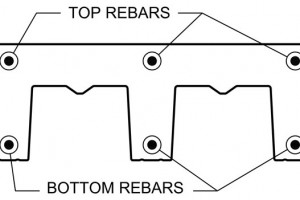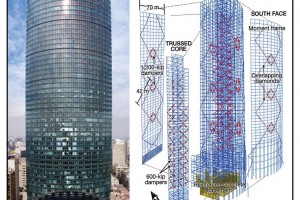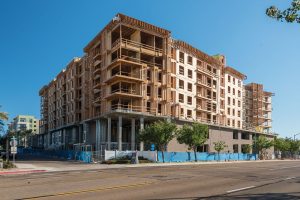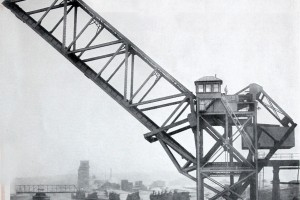As a leader in your company and in many other roles of your life, you have an opportunity to build a leadership legacy that will not only make a difference in how you will be perceived by your team, your peers, and the community at large today… but also how you want to be perceived in the future. Leadership is defined as the position or function of a leader, a person who guides or directs a group. How you lead today will make a difference for how people will remember you in the future –your leadership legacy. …
Review Category : Articles
Measure the distance between two points using a ruler, and you may read “12 inches.” This implies that the relative accuracy is to the nearest inch. If I write “12.00 inches,” then this implies accuracy to nearest 1/100th of an inch. For a foundation, the accuracy of ± ½ an inch may be appropriate. The tools of that construction trade do not have a high level of precision (i.e., a backhoe, shovel, or excavator). In contrast, for an Aircraft Wing on a fighter jet, the accuracy may be measured in Mills (0.001 inches) or 1/1000th of an inch. Understanding the level of accuracy required for a given task involves familiarity and judgment. …
It is a tremendous honor for me to serve as the 26th President of the National Council of Structural Engineers Associations (NCSEA). Unlike most (perhaps all) of my predecessors in this office, I am not the owner of my own firm, or a partner, or a principal, or a project manager, or a department head, or a supervisor of any kind. How did an ordinary practicing structural engineer like me wind up in such a lofty position? …
I am quite honored to have been selected as the next Chair of the STRUCTURE Editorial Board. I joined the Board four years ago and have been privileged to serve under past Chairs Jon Schmidt and Barry Arnold, and to work alongside our dedicated, volunteer Board members. …
Composite steel deck-slabs, referred to hereafter as composite slabs, have been successfully used without supplemental reinforcing in buildings with relatively short spans and typical design loads. As slab spans become longer or slab design loads become heavier, adding reinforcing bars is an effective alternative to making the composite slabs deeper and the steel decks thicker. Properly designed supplemental reinforcing allows for light, slender composite slabs that can span longer distances and results in large open interior spaces. …
The Earthquake-Resisting System that Surprised the Profession
This is one of a series describing surprising lessons engineers have learned from earthquakes and, in particular, the January 17, 1994, Northridge earthquake. Engineers have been learning from earthquakes for more than 100 years by observing the patterns of damage earthquakes have caused in the built environment. Sometimes, things only partly true were part of the lesson, discovering the mistake only after a later earthquake causes unexpected damage. Such was indeed the case with steel moment frame structures and the 1994 Northridge earthquake. …
Part 2: A 20-year Perspective
Innovation and resourcefulness in the engineering of tall buildings are one of the cornerstone requirements of building resilient cities and communities. Successful performance of these structures during extreme natural events is living proof of the value of design that targets resilient performance, enhancing the confidence of the stakeholders and the public for the engineering and technologies used. …
Safe, Cost Effective, and Sustainable
There is a reason more developers and building designers are using wood-frame construction for large mid-rise projects. Designed to code, wood-frame buildings are safe, cost-effective, and sustainable, and increasing the use of wood in these projects can enhance their value proposition. …
After graduating from the University of Cincinnati in 1892, Joseph Strauss (STRUCTURE, October 2012) became a draftsman for the New Jersey Steel and Iron Company at Trenton, NJ. At the end of the year, Joseph went to the Lassig Bridge and Iron Company of Chicago for two years, working as a detailer, inspector, estimator, and designer. …
Part 2: Why the Difference Matters
The previous article in this series (STRUCTURE, November 2018) looked at the concept of indemnification. Stated simply, to indemnify someone means to financially protect them against specified claims from third parties. The party providing the financial protection (the “Indemnitor”) can be required to pay the amount of an award or settlement for a claim in place of the party being protected (the “Indemnitee”), or reimburse the Indemnitee for amounts the Indemnitee has already paid. …










